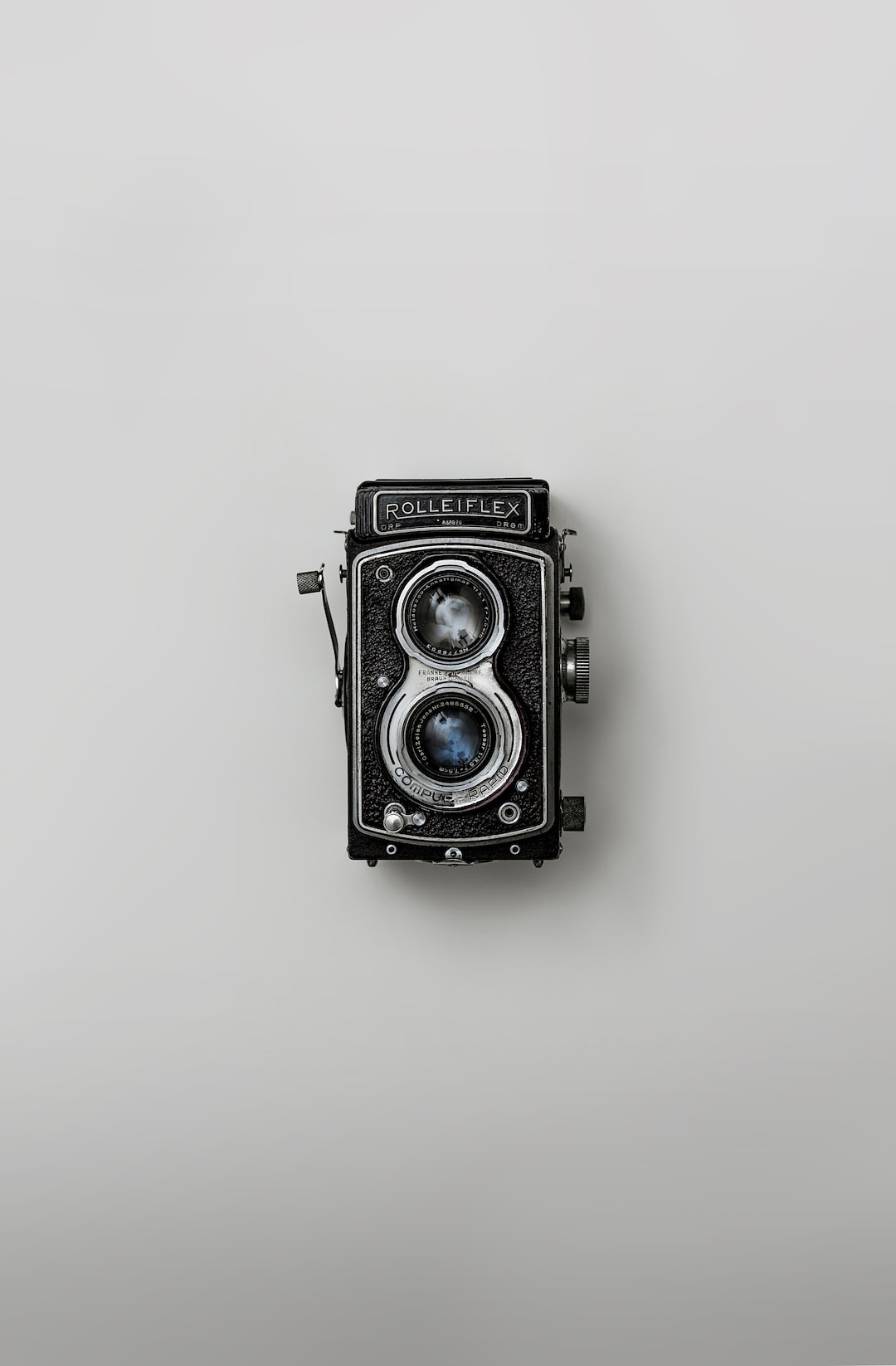Understanding Camera Exposure: A Beginner’s Guide
When it comes to capturing beautiful moments with your camera, understanding camera exposure is essential. Whether you’re a new parent wanting to capture your children’s pictures or an amateur photographer eager to learn, this beginner’s guide will provide you with the necessary knowledge to effectively control camera exposure.
Camera exposure refers to the amount of light that enters the camera sensor when taking a photo. It determines how bright or dark your image will be, and it can greatly impact the overall look and feel of your photographs.
There are three primary elements that control camera exposure: shutter speed, aperture, and ISO sensitivity. Shutter speed refers to the duration of time the image sensor is exposed to light. Aperture controls the size of the opening in the lens through which light enters. Lastly, ISO sensitivity determines the camera sensor’s ability to capture light. Understanding how these elements work together will help you achieve the desired exposure.
When photographing children, capturing their lively expressions and precious moments is essential. To avoid blurry images caused by their swift movements, set your camera to a faster shutter speed. This will freeze their movement and ensure a crisp and sharp photograph. Adjusting your ISO sensitivity to a higher value will also help to brighten your images in low-light situations.
Aperture can play a significant role in your children’s pictures. By choosing a wider aperture (small f-number like f/1.8 or f/2.8), you create a shallow depth of field. This will place more emphasis on your subject’s face, blurring the background, resulting in stunning portraits. However, if you want to capture the entire scene in focus, such as during group activities or in outdoor settings, choose a narrower aperture (large f-number like f/8 or f/11).
One useful camera function to explore is the exposure compensation feature. This allows you to manually adjust the exposure levels in-camera, compensating for situations where the camera’s automatic settings may not produce desired results. For instance, when photographing children against a bright background, the camera might underexpose the subject. In such cases, you can increase the exposure compensation to ensure your children’s faces are properly exposed.
Additionally, make use of the camera’s exposure meter. It provides a visual representation of how well-balanced the exposure is, helping you make necessary adjustments. The meter’s scale ranges from -3 to +3, with the ideal exposure at 0.
With practice, you’ll become more comfortable with adjusting these settings and understanding their effects. Experimenting with different exposures and settings will allow you to develop your own unique style and capture stunning children’s pictures.
Understanding camera exposure is fundamental to capturing high-quality photos, especially when photographing children. By grasping the concepts of shutter speed, aperture, and ISO sensitivity, you can control the amount of light entering the camera sensor and create beautiful images that preserve your cherished memories forever.
Publisher Details:
visualimpressions.org
https://www.visualimpressions.org/
Discover a world painted in breathtaking visuals – where images speak louder than words. Immerse yourself in the captivating beauty captured by our talented photographers. Welcome to Visual Impressions, where every picture has a story to tell. Are you ready to let your eyes wander and your imagination soar?
For more information on childrens pictures contact us anytime.

